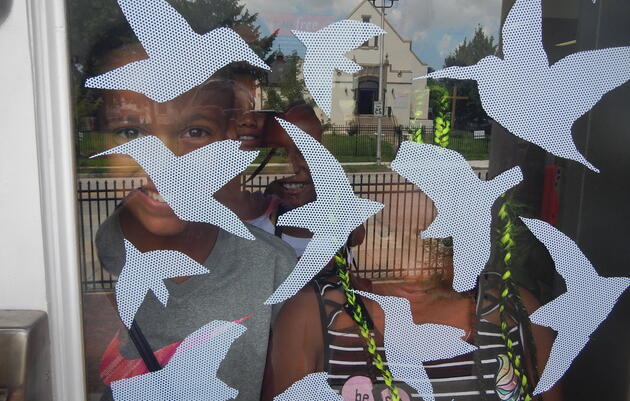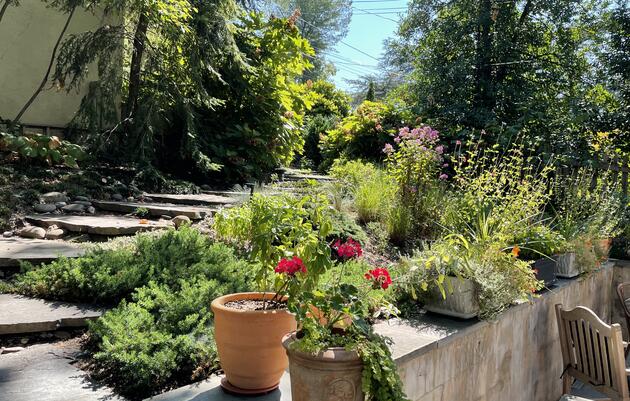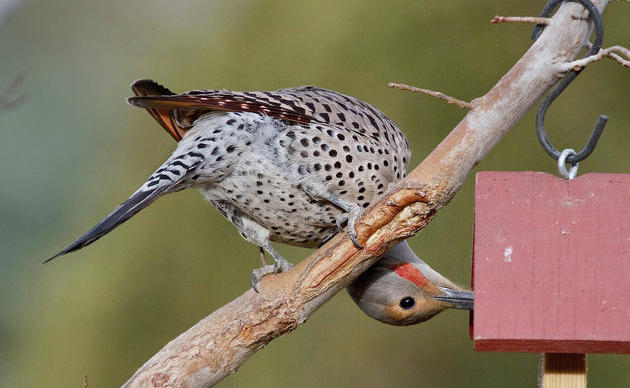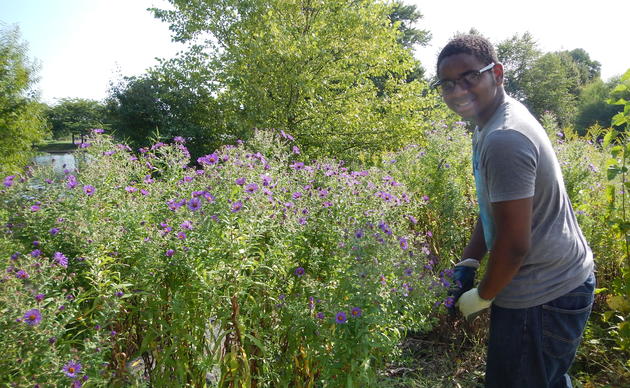Most species of birds migrate at night using a variety of cues to find their way, including the Earth's magnetic field and the position of the stars and moon. Because birds are particularly sensitive to light when they are migrating at night, artificial lights from our homes and other buildings can disorient them, particularly during cloudy or rainy weather when the celestial cues they use to navigate may not be visible. Under these circumstances birds may congregate around artificial lights causing them to collide with various parts of the buildings associated with the lights, much like a deer in headlights. Or, birds may fly between the lights, confused, until they're exhausted and need to land, making them vulnerable to threats on the ground. There are many small actions we can take at home, in our schools, commercial, and government buildings, in order to use light responsibly so birds may have safe passage through our cities and towns. Learn more about the work of Lights Out Baltimore, including collision monitoring, and Take the Pledge!
Reduce Amount and Intensity of Lights
By reducing the intensity of outdoor lights or, preferably, turning them off completely at night, fewer birds will be attracted and fewer collisions will occur. If you can, turn off exterior lights between 11:00 PM and 6:00 AM, especially during peak migration months - April, May, September and October. Turning off overhead indoor lights at night or using task lighting or closing shades, curtains, or blinds will also prevent birds from being able to see through windows at night and then try to fly through them. Keep inside light inside!
Use "Warm" Lighting
The color of light is very important. Both LED and metal halide fixtures contain large amounts of blue light in their spectrum. Because blue light brightens the night sky more than any other color of light, it’s important to minimize the amount emitted. Choose outdoor lighting with a color temperature of no more than 3000 Kelvins.
Shorten the Duration
Lights that remain on continuously attract birds migrating at night. Installing motion sensors for exterior or security lights and for beacon lights, switch to lights that blink continuously or continuously cycle on and off. Try not to aim landscape lights at trees, where birds might be resting.
Shield or Direct Lights Downward
Lighting that is directed upward can be easily seen by and attracts birds migrating at night. Directing external lighting downward or shielding light fixtures to prevent light from spilling upward should attract fewer migrating birds and lead to fewer collisions.
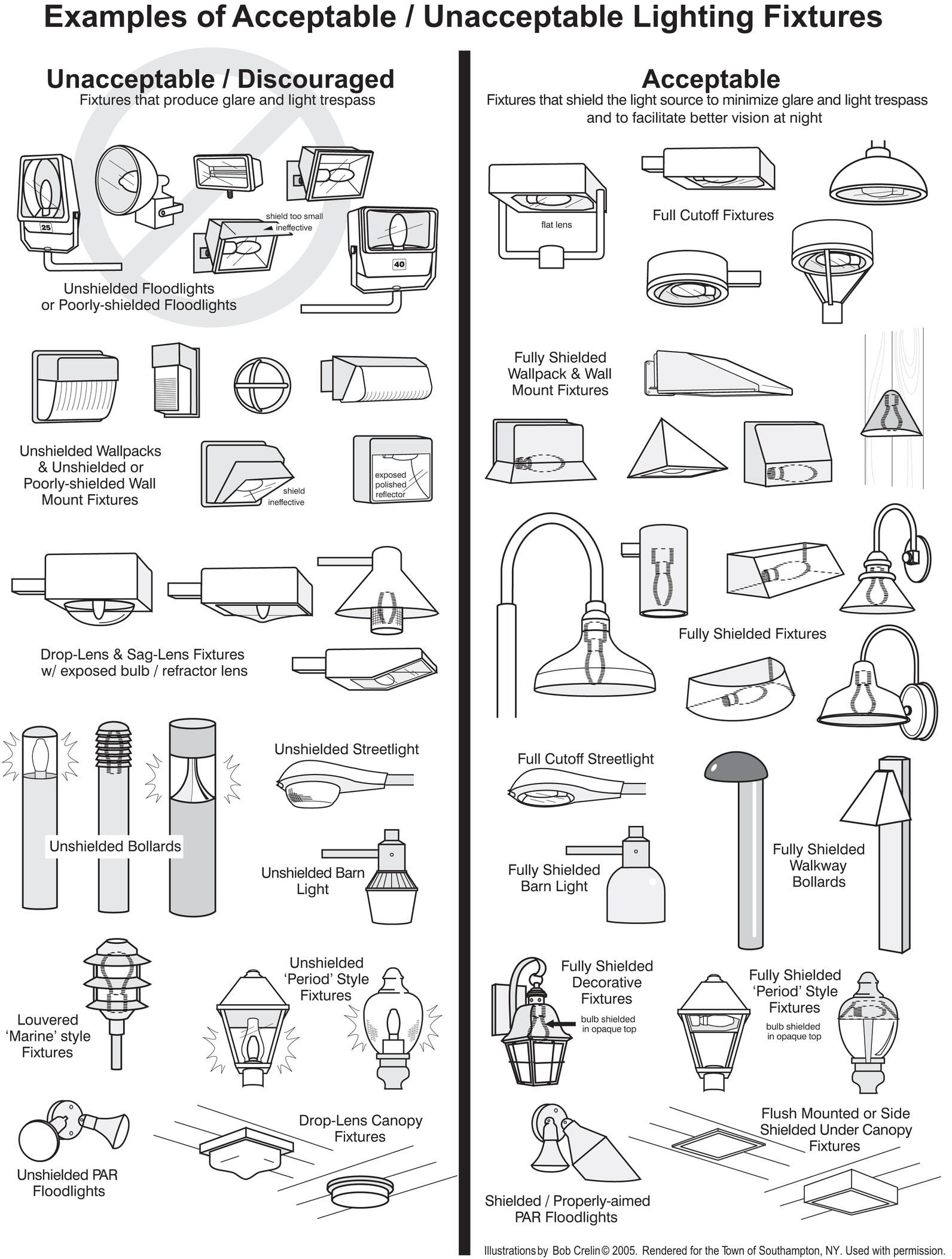
How you can help, right now
Many Ways to Give
Whether it's your time, knowledge, or a monthly donation, you can support Baltimore's birds by supporting PPAC.
Volunteer with PPAC!
Help us protect the bird species of the Atlantic Flyway and improve our communities for the benefit of people and biodiversity.
Create Bird-Friendly Habitat
Learn how to share your space with birds and biodiversity by creating bird-friendly habitat at home, work, school, and in your community.



